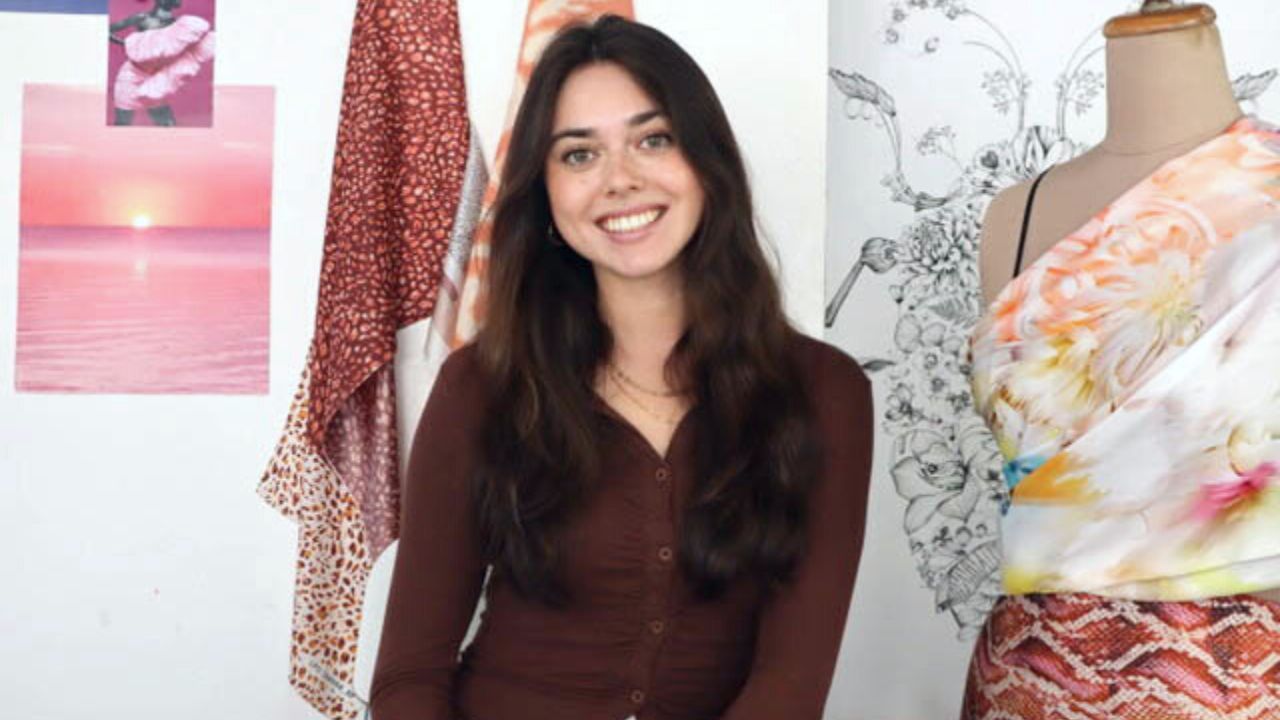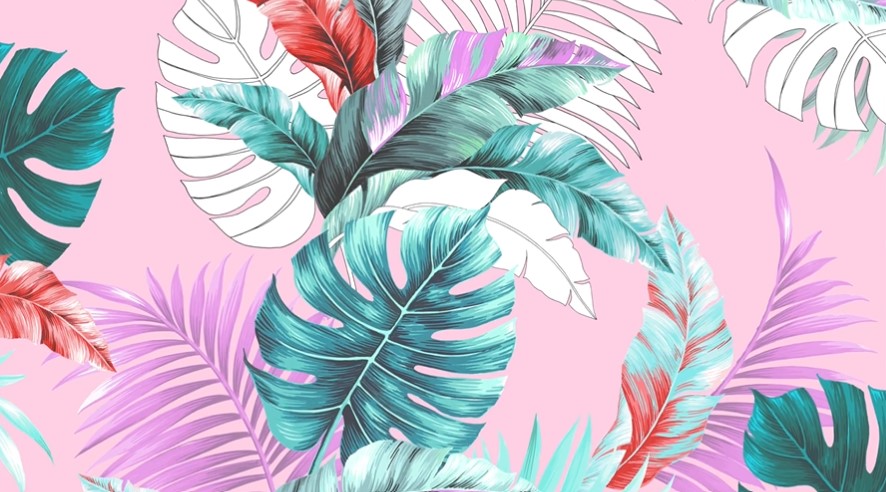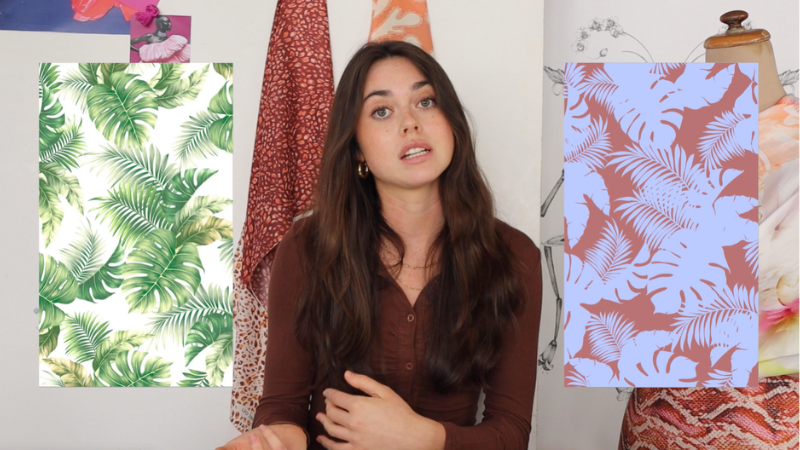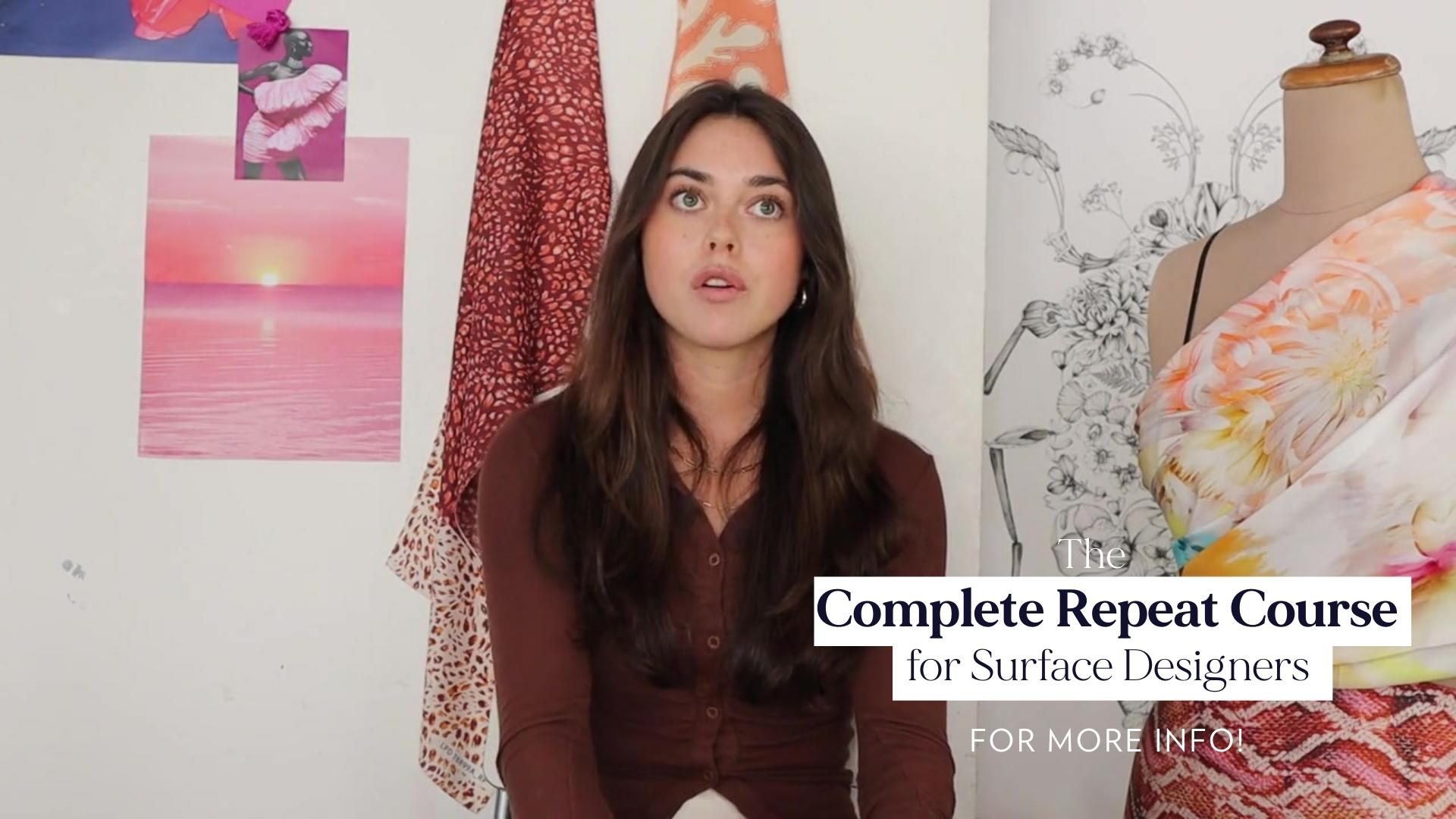Introduction to Surface Pattern Design + Photoshop
Mar 09, 2023
Many of you ask why you should learn to design surface print patterns in Photoshop when you already know how to make them in Illustrator.
Others ask, What on earth is a 'repeat' and do I really need to know how to make one to become a professional print pattern or surface designer?
Our lovely Longina Phillips Designs designer, Phoebe, clears it all up in this week's vlog.
Why use Photoshop?

As a studio, we use Photoshop as it allows our designers to have the most creative freedom when it comes to editing and manipulating their prints.
When do we use Illustrator?
So a good time to use Illustrator is when you want to create vector-based artworks. So they are shapes that use points and anchors instead of pixels. So it means that they are infinitely scalable. So a good time to use Illustrated would be if you're doing a Pucci print or maybe you're doing a Geo print that you don't know what the scale of it might be. So it could be put on a billboard. And in that case, Illustrator would be the software to go with.


What are the differences between Photoshop and Illustrator?
So the main difference is the illustrator uses vector-based images to create its shapes. And Photoshop uses raster-based images. So that means that it creates its shapes using pixels as opposed to Illustrator, which uses points and anchors. So Illustrator is really great if you prefer vector-based-looking designs as opposed to hand-rendered designs, which give your print a more painterly feel.

What is a pattern?

So a pattern starts with a range of motifs that have been carefully curated to suit the style of print that you're wanting to achieve. So just say doing boho print, you might have a range of paisley and borders that you've already drawn. Once you have those motifs. The pattern is really just those motifs made into a design that can repeat seamlessly and endlessly pretty much.
How do you make a 'repeat'?

So a repeat is created by taking your motifs and assembling them into a design that can be repeated endlessly. So in our studio, we create repeats on 64 by 64-centimeter canvases. So that means when we have our motifs and we've assembled them on the canvas, if one of them was to fall off one side of the canvas, we would send it either across the X or y axis, 64 centimeters across. That means once it reaches the other side of the canvas, it repeats seamlessly with the side that it started on.
So Photoshop is ideal when you're wanting to create artistic photo-based designs as it gives its user complete control to edit every pixel on the canvas. So our designers are constantly using the editing effects that Photoshop provides, such as layer effect and style and blending modes on layers as it allows them to quickly change the look and feel of their print and could help them adjust to colorways, or maybe change it to a different demographic to their print.
Want to learn MORE about repeats? Access your FREE LESSON, "Why Your Repeat Might Suck...and How To Fix It"
What should you do before sending your finished print to the client?
So the first thing to do with your design before you send it to a client is to make sure it's actually in repeat. You can do this by taking your canvas and making a pattern on Photoshop and then applying that to a larger canvas, moving it around and seeing if there are any leaves that are cut off if any flowers end awkwardly, and then making sure it just goes seamlessly.
You might have a motif that sticks out a bit awkwardly, and you might want to go back and edit that a little bit. So it goes seamlessly with the rest of the print. We also want to make sure that our files are editable and usable for the client on the other end. So if you need to go back through and label your layers, maybe you need to take out some layers that aren't actually being used in the design.
Give a label to your edits layer and make sure that your elements are in the correct groups.
Thank you guys so much for watching this video. If you'd like to learn more, follow along at the Print School on our socials.
----
You might also like...
STAY IN THE KNOW
RECEIVE TREND DIRECTION, INDUSTRY INSIGHTS, BONUS TIPS AND TUTORIALS EVERY FORTNIGHT
We hate SPAM. We will never sell your information, for any reason.





